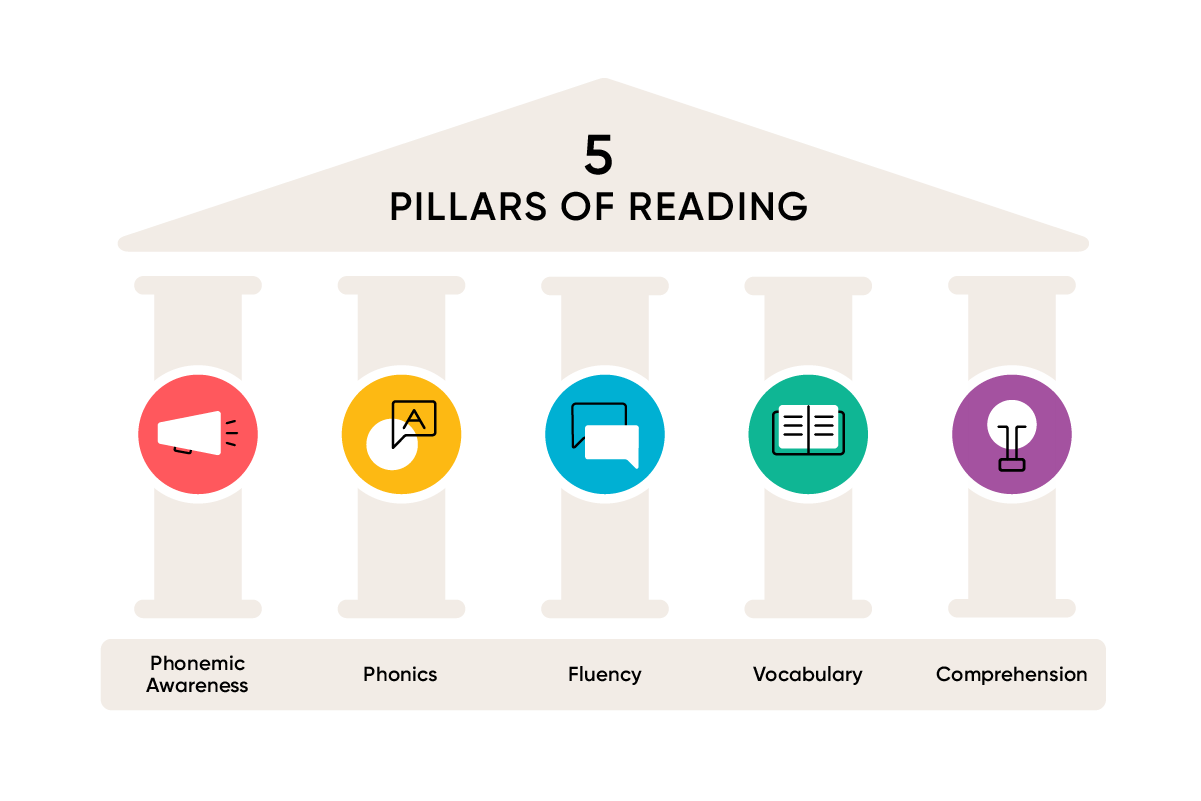Reading comprehension is a crucial skill that allows individuals to understand and interpret written text effectively. By utilizing specific strategies, readers can improve their ability to comprehend and retain information. Here are five essential reading comprehension strategies to help enhance your reading skills.
One of the most effective reading comprehension strategies is active reading. This involves engaging with the text by asking questions, making connections, and summarizing key points. By actively interacting with the material, readers can better understand the content and retain information more effectively.
2. Previewing
Before diving into a text, it can be beneficial to preview the material by scanning headings, subheadings, and key terms. This allows readers to gain a general understanding of the content and make predictions about what they will encounter. Previewing can help readers focus on important information and improve overall comprehension.
3. Visualizing
Visualizing involves creating mental images while reading to enhance comprehension. By picturing the scenes, characters, and concepts described in the text, readers can better understand and remember the material. Visualizing can bring the text to life and make it more engaging and memorable.
4. Making Connections
Another effective reading comprehension strategy is making connections between the text and your own experiences, knowledge, and other texts. By relating the material to familiar concepts or personal experiences, readers can better understand and remember the information. Making connections can help make the text more relevant and meaningful.
5. Summarizing
Summarizing involves condensing the main ideas and key points of a text into a brief overview. By summarizing the material in your own words, readers can demonstrate their understanding and retention of the content. Summarizing can help reinforce important information and improve overall comprehension.
In conclusion, utilizing these five reading comprehension strategies can help readers enhance their understanding and retention of written text. By actively engaging with the material, previewing content, visualizing scenes, making connections, and summarizing key points, readers can improve their reading skills and become more proficient in comprehending complex texts.
